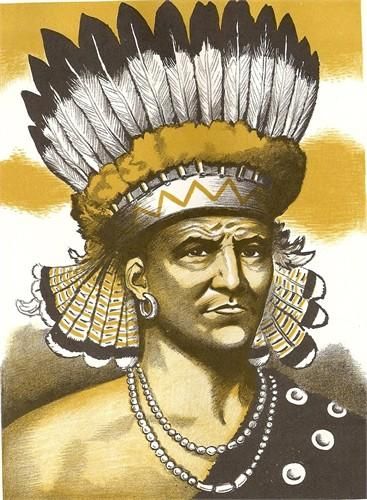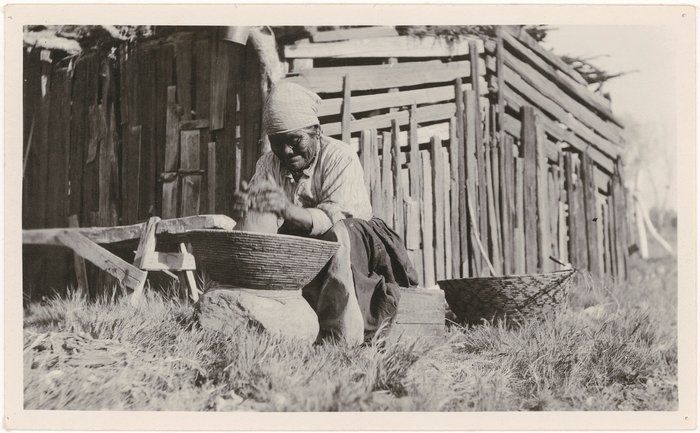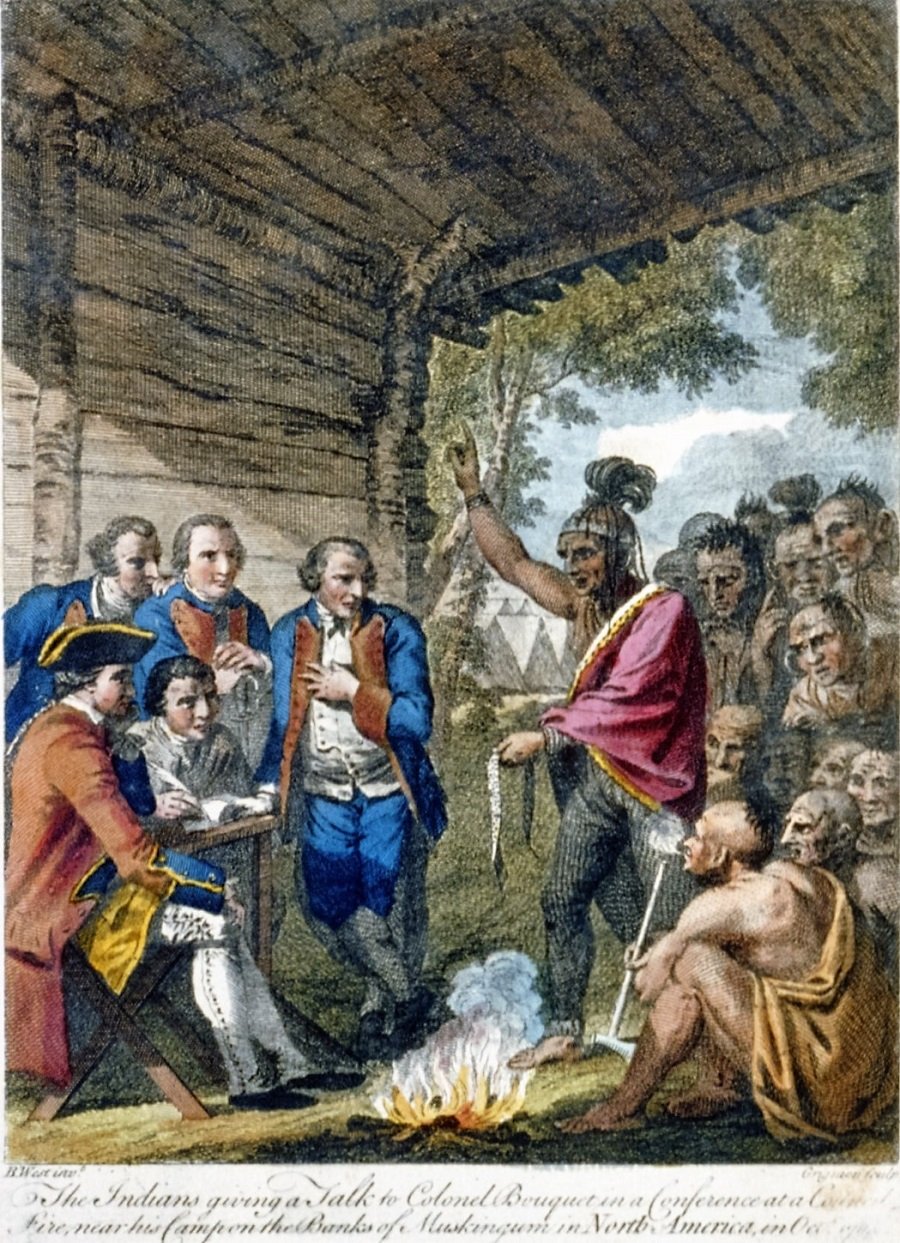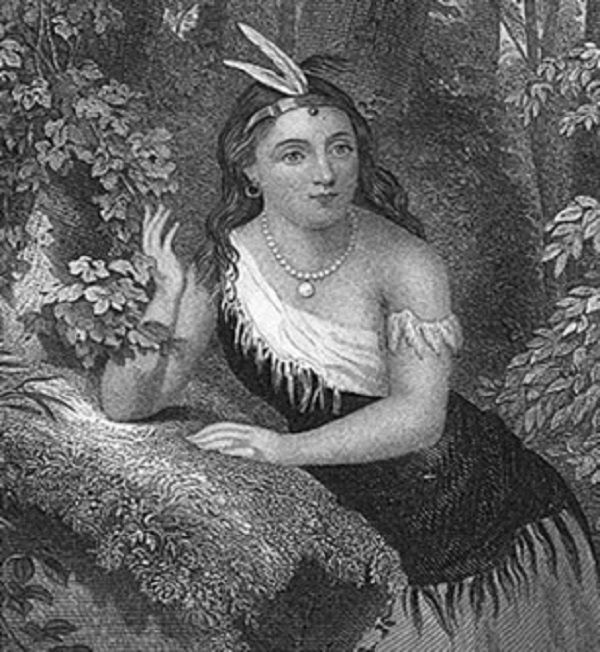The Utah Indian Wars of 1866
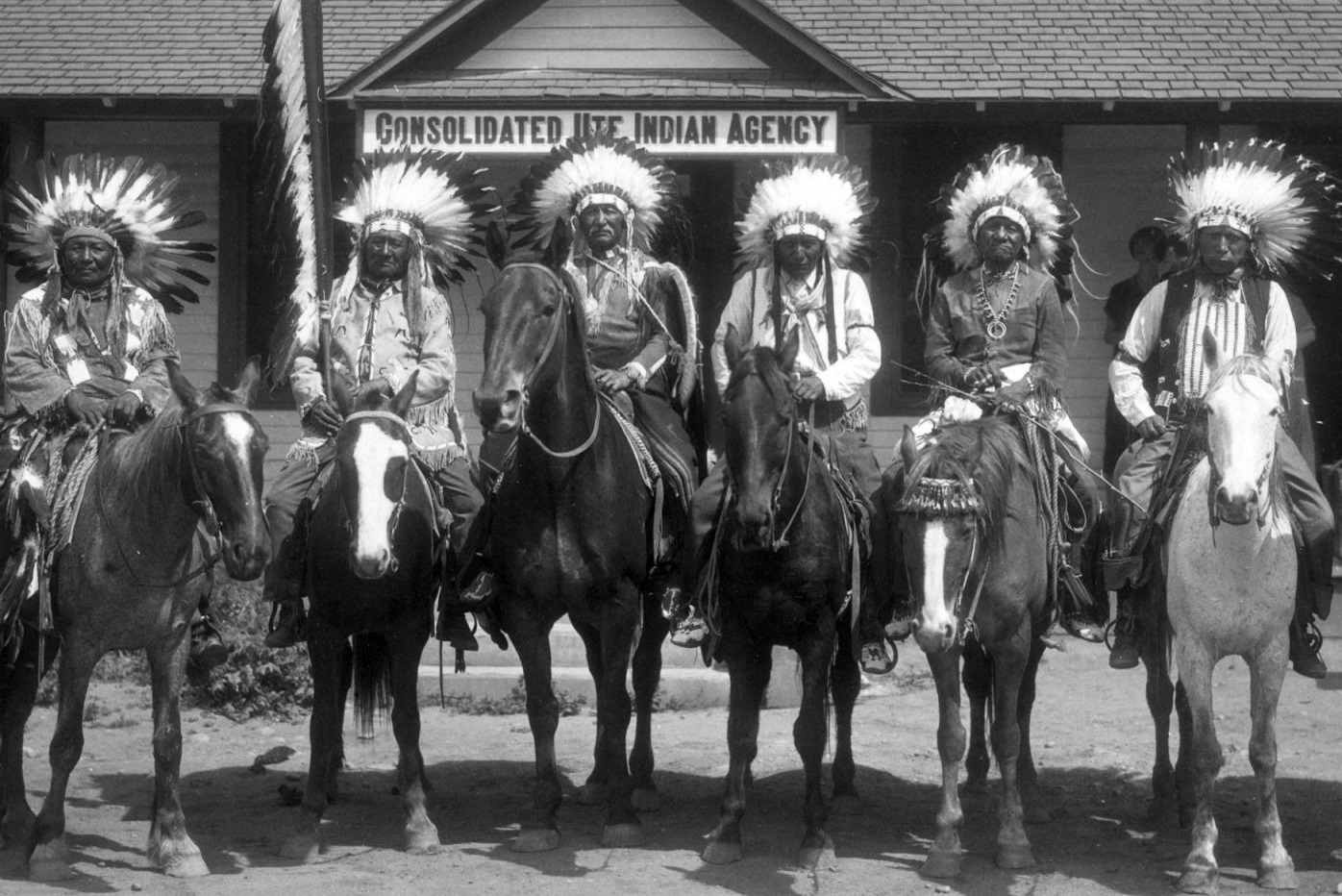
While Mormon settlement of Utah began in 1847, American Indians had inhabited the region for thousands of years. The Mormon settlements displaced and disrupted the way of life for the Paiutes, Gosiutes, Shoshones, Utes, and Navajos. One hundred and fifty years ago, in 1866, there were a number of Indian wars or conflicts. Some of these are briefly described below.
Mormon leader Brigham Young spoke out against the killing of Indians. With regard to the settlers who killed Indians, he said:
“Take the man and try him by law and let him receive the penalty. The law will slay him.”
An American militia group discovered the bodies of two men presumed to have been killed by Indians. Near Pipe Spring, Arizona, the militia group went to a Paiute camp where they killed two men who were “trying to escape.” They brought the rest back to Utah, but lost their patience and killed five of the prisoners. In an article in the Utah Historical Quarterly, Albert Winkler writes:
“This was the first of a series of killings in an apparent attempt to eliminate thieves or to intimidate the Indians into leaving.”
Ute chief Sanpitch and several of his men were arrested near Nephi because of rumors that he had been involved in violence against the American settlers. Sanpitch was told to bring in Black Hawk and his band or be shot. Albert Winkler reports:
“The chief had insufficient power to bring in the warring Utes, so he and his fellow prisoners broke jail rather than await execution.”
The escapees were hunted down and killed.
Sixteen unarmed Paiutes, including women and children, were killed near Circleville. The Paiute had been captured by the Mormons and were killed one at a time. Most had their throats slit. Three or four small children were spared and were adopted by Mormon families. According to Albert Winkler:
“Despite pleas for an investigation, federal and territorial officials took no action.”
Winkler also writes:
“The reluctance or inability of territorial and federal officials to assure that the proper legal procedures were followed in white relations with the Indians helped to create a climate that allowed for continued misconduct.”
Ute warriors killed two settlers in Round Valley and captured some stock. They were pursued by the militia, but managed to escape. In retaliation for the raid, one of the settlers killed Pannikay, an elder who was a part of the Pahvant, a group considered to be peaceful. Pannnikay was unarmed when he was killed and although he was murdered in front of witnesses there was no legal action taken against his killer.
A war party of 50-65 Utes under the presumed leadership of Black Hawk attacked Salina. Albert Winkler reports:
“Without effective opposition, the renegades rounded up the livestock and hit any convenient target outside the community.”
A militia garrison was established at Thistle Valley. Albert Winkler reports:
“The garrison presents a threat to Indian movements in the area and was a promising target for attack.”
It was attacked by a small Ute war party of 25-30 warriors. The warriors captured the militia’s horse herd, which immobilized them. The battle lasted for about nine hours before aid from Mount Pleasant arrived. According to Winkler:
“The fight at Thistle Valley was another close call for the whites in which a desperate situation nearly turned into a disaster.”
A party of 21 Americans pursued a Ute party at night. When they found some stolen cattle near Marysvale, they decided to enter the town before continuing their pursuit. However, Ute warriors, foreseeing this action, had hidden in the bush along the road and ambushed them. Two of the Americans were killed.
The Utes rebelled against increasing Mormon control of their lands. In the area of Panguitch Lake, the Mormon settlers declared that the Paiute were involved with the rebellion. The Pauite bands near Panguitch Lake would not let the Mormon settlers fish in the lake, but they would sell fish to them. The Mormons attacked a Paiute camp and killed a leading medicine man. The Mormons then declared a Paiute Mormon convert as “chief” and peace was declared. Following the “war” the lake became a fishing resort for non-Indians.
Mormon leader Brigham Young’s Manuscript History reported about the Shoshones:
“President Young said the Lamanites are hostile, let us exercise faith about them and learn what the will of the Lord is. Let us send our Interpreters to them and make presents and tell [them] they must stop fighting. It is better to give them $5000 than have to fight and kill them for they are of the House of Israel.”
